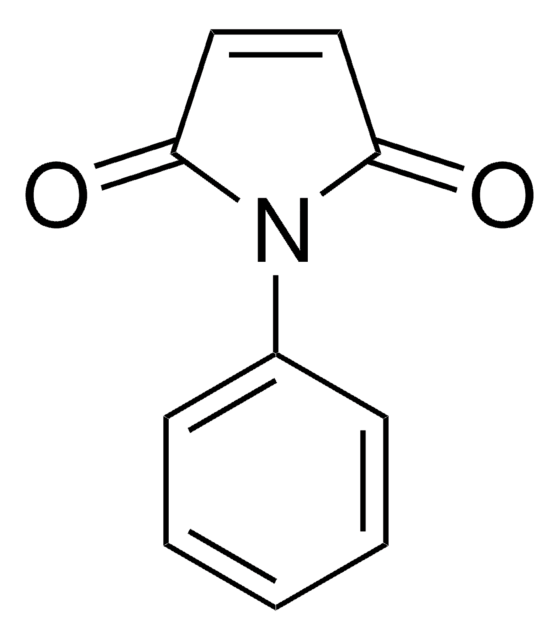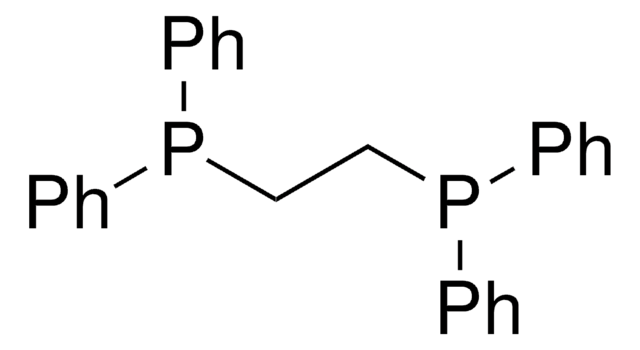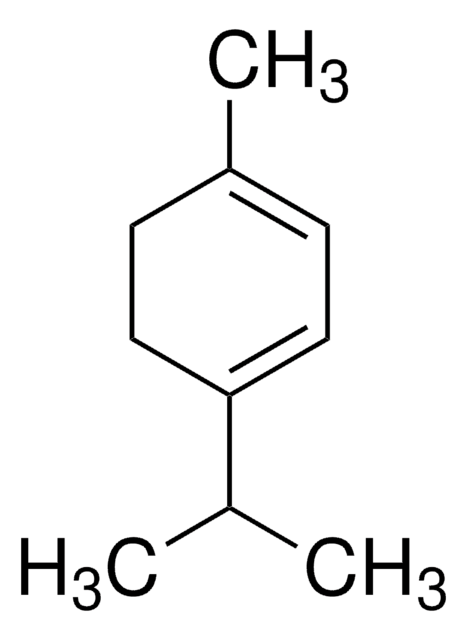654507
Nickel(II) chloride hexahydrate
99.9% trace metals basis
Synonim(y):
Nickel chloride hexahydrate 2, Nickel dichloride hexahydrate
About This Item
Polecane produkty
Próba
99.9% trace metals basis
Postać
solid
zanieczyszczenia
≤1500.0 ppm Trace Metal Analysis
ciąg SMILES
[H]O[H].[H]O[H].[H]O[H].[H]O[H].[H]O[H].[H]O[H].Cl[Ni]Cl
InChI
1S/2ClH.Ni.6H2O/h2*1H;;6*1H2/q;;+2;;;;;;/p-2
Klucz InChI
LAIZPRYFQUWUBN-UHFFFAOYSA-L
Szukasz podobnych produktów? Odwiedź Przewodnik dotyczący porównywania produktów
Opis ogólny
Zastosowanie
- A precursor for nickel oxide (NiO) films, which are used as hole transport layers in dye-sensitized solar cells (DSSCs).
- An additive to the electron transport layer (ETL) in perovskite solar cells to improve their performance, particularly the open-circuit voltage.
- An effective dopant for synthesizing conductive polymer composites for potential applications in flexible electronics, and sensors.
- A precursor in the synthesis of nickel nanothorn particles via hydrothermal method.
Hasło ostrzegawcze
Danger
Zwroty wskazujące rodzaj zagrożenia
Zwroty wskazujące środki ostrożności
Klasyfikacja zagrożeń
Acute Tox. 3 Inhalation - Acute Tox. 3 Oral - Aquatic Acute 1 - Aquatic Chronic 1 - Carc. 1A Inhalation - Muta. 2 - Repr. 1B - Resp. Sens. 1 - Skin Irrit. 2 - Skin Sens. 1 - STOT RE 1 Inhalation
Organy docelowe
Lungs
Kod klasy składowania
6.1C - Combustible acute toxic Cat.3 / toxic compounds or compounds which causing chronic effects
Klasa zagrożenia wodnego (WGK)
WGK 3
Temperatura zapłonu (°F)
Not applicable
Temperatura zapłonu (°C)
Not applicable
Środki ochrony indywidualnej
Eyeshields, Faceshields, Gloves, type P3 (EN 143) respirator cartridges
Certyfikaty analizy (CoA)
Poszukaj Certyfikaty analizy (CoA), wpisując numer partii/serii produktów. Numery serii i partii można znaleźć na etykiecie produktu po słowach „seria” lub „partia”.
Masz już ten produkt?
Dokumenty związane z niedawno zakupionymi produktami zostały zamieszczone w Bibliotece dokumentów.
Klienci oglądali również te produkty
Produkty
Nanostructured Materials Through Ultrasonic Spray Pyrolysis
Nanostructured Materials Through Ultrasonic Spray Pyrolysis
Nanocząstki plazmoniczne mają unikalne właściwości optyczne, które można dostosować do różnych zastosowań w przemyśle biotechnologicznym1-8 i elektronicznym9-16.
Nasz zespół naukowców ma doświadczenie we wszystkich obszarach badań, w tym w naukach przyrodniczych, materiałoznawstwie, syntezie chemicznej, chromatografii, analityce i wielu innych dziedzinach.
Skontaktuj się z zespołem ds. pomocy technicznej











